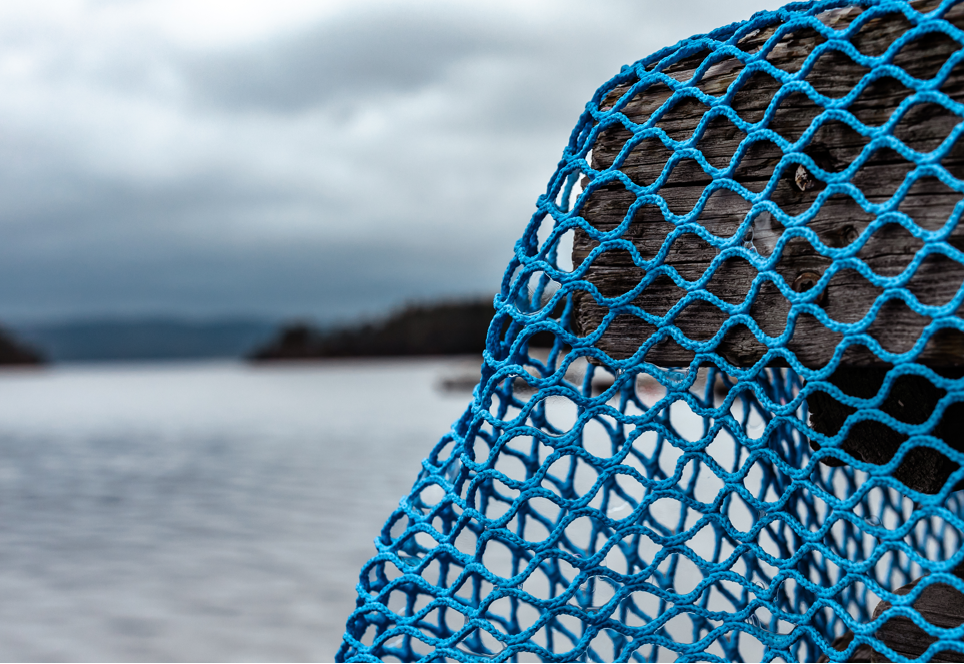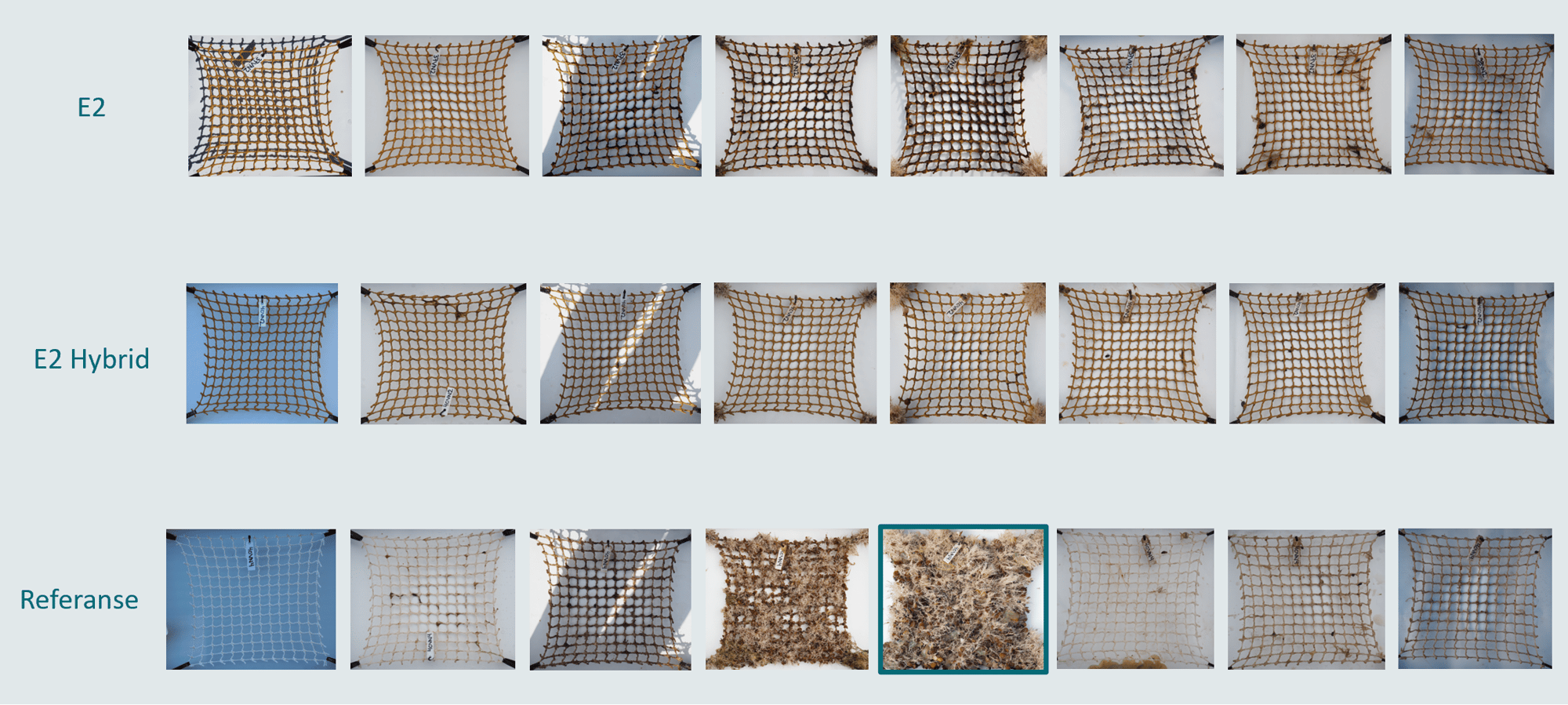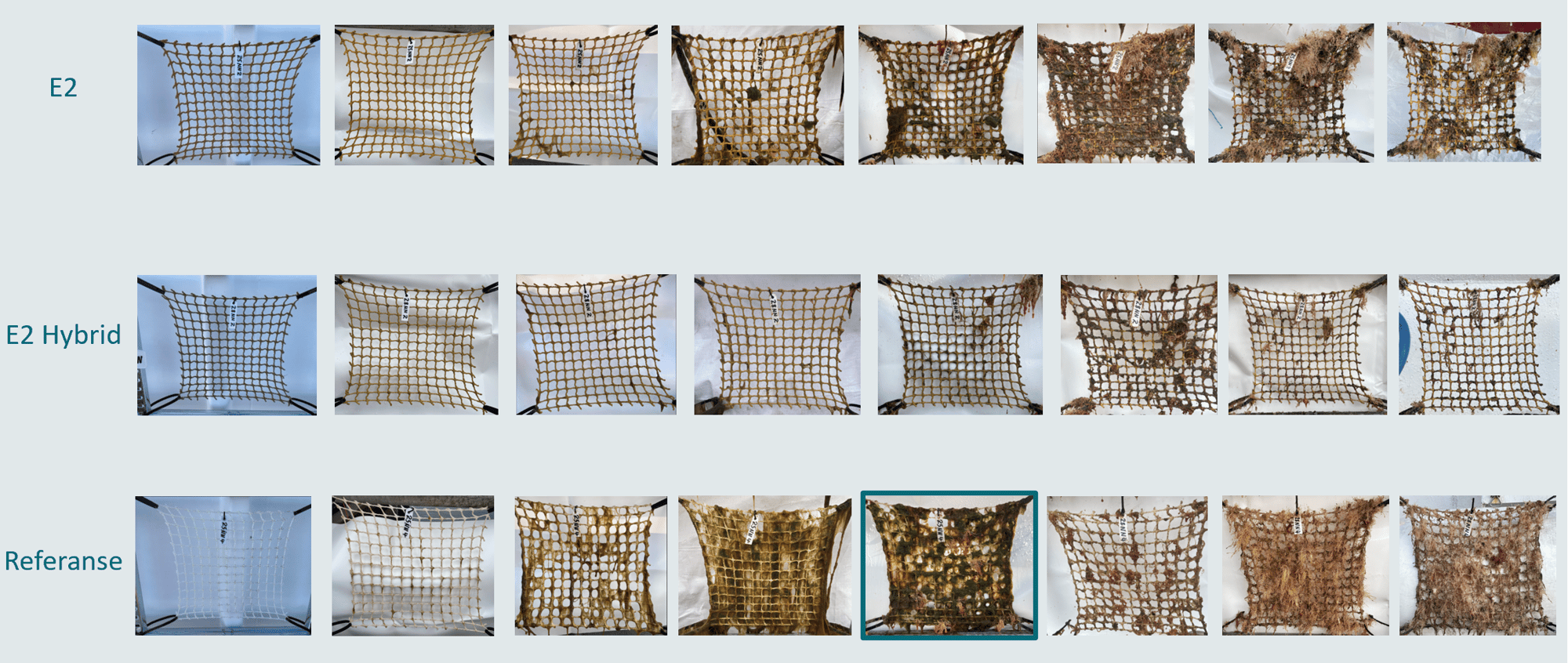Product expertise

Antifouling contains active substances (biocides) that prevent growth on the net. For the antifouling to have the desired effect, the biocides must bleed out in a controlled manner over time. If too little is released, it won't work as it should, and if too much is released, it will quickly run out of biocides and place an unnecessary burden on the environment.
How quickly the biocides are released and which biocides are used depends on the desired duration of action and the environment in which the net is placed.
In order to choose the right antifouling, there are several external influencing factors that must be taken into account. The environment at different locations varies in relation to both the season and the location of the site, which means that growing conditions vary. Below we have frame tests from two different locations in Norway, the first is located on the west side of Norway, the second in the north around Lofoten.
The Brynsløkken products shown here are a pure Econea product (E2), versus a product that combines two biocides, each with its own properties (E2 Hybrid). To show the development in green, the reference sample is replaced when we can no longer see growth development in the layers in the pictures. This is also a good indication of the challenges associated with growth in the different periods.
The images below show month by month. The reference image with highlighted color shows that the net was changed.

